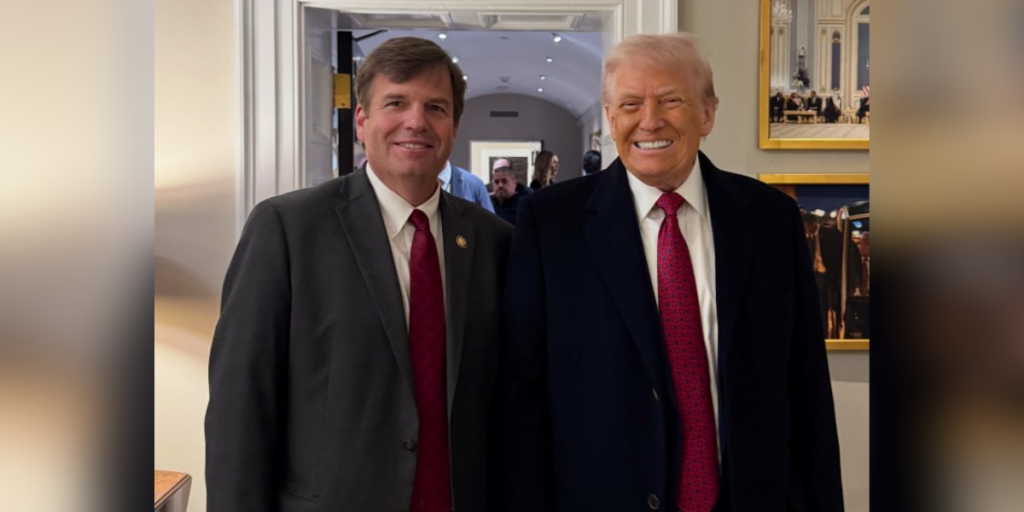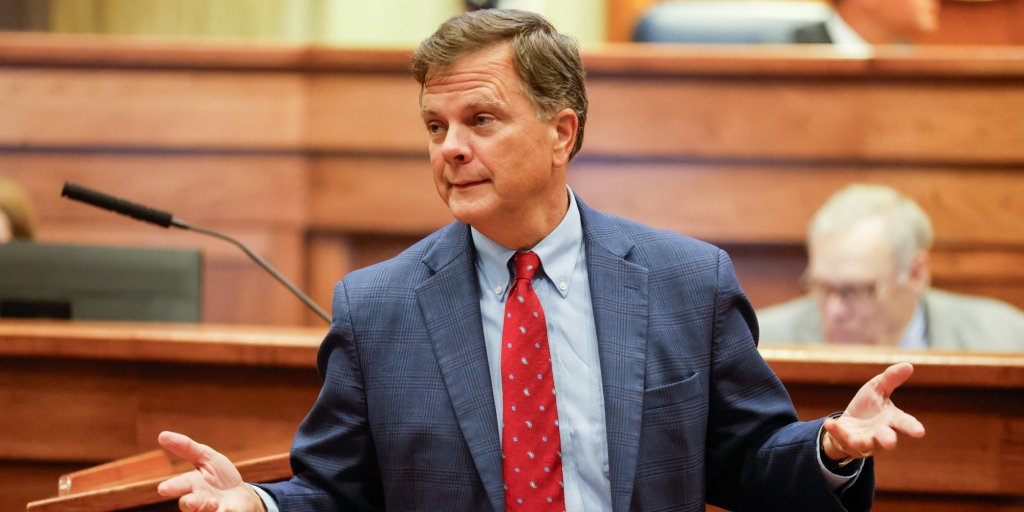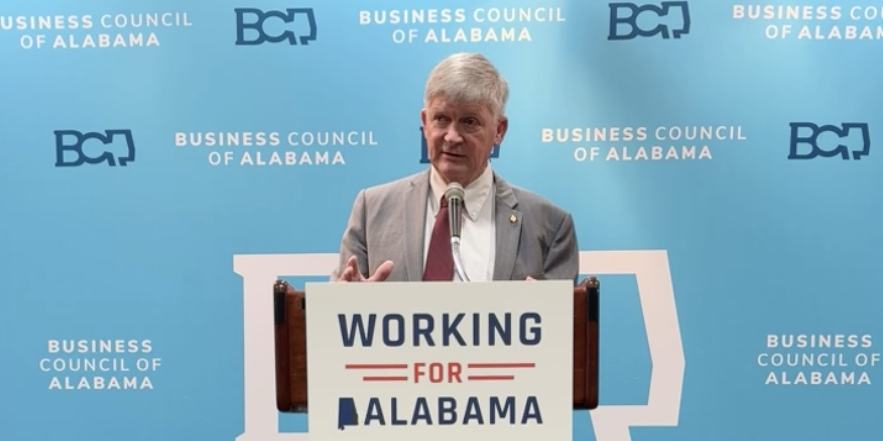
Deadlines and crises sometimes force lawmakers to implement reforms and solve problems they would typically rather not tackle.
Alabama should be experiencing such a moment right now.
The state’s General Fund Budget is facing a $250+ million shortfall and the current fiscal year ends Sept. 30.
That sure seems like a lot, but considering the state spends roughly $29 billion each year, the deficit actually comes out to about one percent of the state’s total expenditures.
So how on Earth are we broke over one percent of our total expenditures?
The answer is really quite simple: earmarks. No, not the reviled earmarks that congressmen use to pile pork barrel spending into bills on the federal level. Earmarking here simply means mandating certain tax revenues be spent on certain programs, no matter what. Alabama does this with a stunning 91 percent of its money, far more than any other state.
Alabama gets roughly $21 billion from federal and restricted funds. Dollars from the feds must go to whatever programs or projects Washington dictates. Nothing can be done about that. But when it comes to state-level tax revenue, Alabama is one of only three states in the country with two completely separate budgets.
Roughly $6 billion per year flows into a budget earmarked for education. That leaves only about $1.8 billion flowing into the General Fund earmarked to fund everything else.
So the $250+ million shortfall the state is currently facing is actually about 14 percent of the General Fund Budget. Now you can see why it is causing so much handwringing down in Montgomery. Budget-busting programs like Medicaid and prisons are growing at a rate faster than the handful of taxes flowing into the General Fund can sustain, and after borrowing $437 million to patch the hole a few years ago, there are no more one-time fixes left.
Unfortunately, most “solutions” proposed to this point maintain this completely nonsensical way of budgeting.
And as anti-common sense as this probably seems already, here’s a stat that will really blow your mind.
When the Legislative Fiscal Office briefed Alabama lawmakers in March, it reported the General Fund Budget to be facing a $290 million shortfall, while the Education Budget is anticipating a $287 million surplus. Wait, what? You mean one Alabama budget is short approximately the same amount the other Alabama budget will have in excess? Yes.
Here’s an analogy explaining how insane this is.
Imagine a husband and wife maintain two separate bank accounts and split up the household bills. Unfortunately the husband, who’s tasked with paying the power bill, keeps coming up short month after month. Is the wife, who lives in the same house, actually going to allow her lights to be cut off? Of course not! But as silly as that may seem, Alabama’s budgeting structure — with two separate budgets and 91 percent of the money earmarked — is no less ridiculous.
The current system is a remnant of the dark days when Democrats and their teachers’ union allies ran the state. Now Republicans hold supermajorities in both chambers of the Legislature and the Alabama Education Association (AEA) is in shambles.
So what is the hold up?
Defenders of the status quo claim combining the budgets means taking money away from teachers and students. It’s a political tactic used for years by the once-powerful teachers’ union to scare away reformers. But it didn’t stop Republicans from passing historic school choice reforms and still getting re-elected with an even bigger majority than before. On top of that, the argument that combining the budgets necessarily means the state will spend less money on education is just untrue. Un-earmarking and combining the budgets gives lawmakers the flexibility to set spending priorities, and constituents can hold them accountable for the decisions they make.
Other defenders of the status quo express concerns about reforming the budgeting process because constitutional amendments are required to un-earmark and combine the budgets. That means Alabamians would vote on the plan at the ballot box. In years’ past, the teachers’ union would spend millions to run disingenuous ads to defeat such a ballot initiative. But after the AEA had to borrow millions to prop up their failed election strategy in 2014, they’re tapped out.
In short, conservative lawmakers have nothing to fear and should feel empowered by the renewed mandate voters gave them at the ballot box last November.
The General Fund Budget shortfall is not a crisis, it’s a gift. For the first time in decades, reformers in the Alabama Legislature are being given a genuine opportunity to solve one of the state’s biggest, most persistent challenges.
Alabama does not have a revenue problem. There is no need to raise taxes. Alabama does, however, have a budgeting problem, and there is a need for reform.
It has been said that there is nothing more powerful than an idea whose time has come. The time to fix Alabama’s dysfunctional budgets is upon us.
Dear Republican legislators, don’t let it slip away.
Like this article? Follow me on Twitter and let me know what you think.
— Cliff Sims (@Cliff_Sims) December 3, 2014












